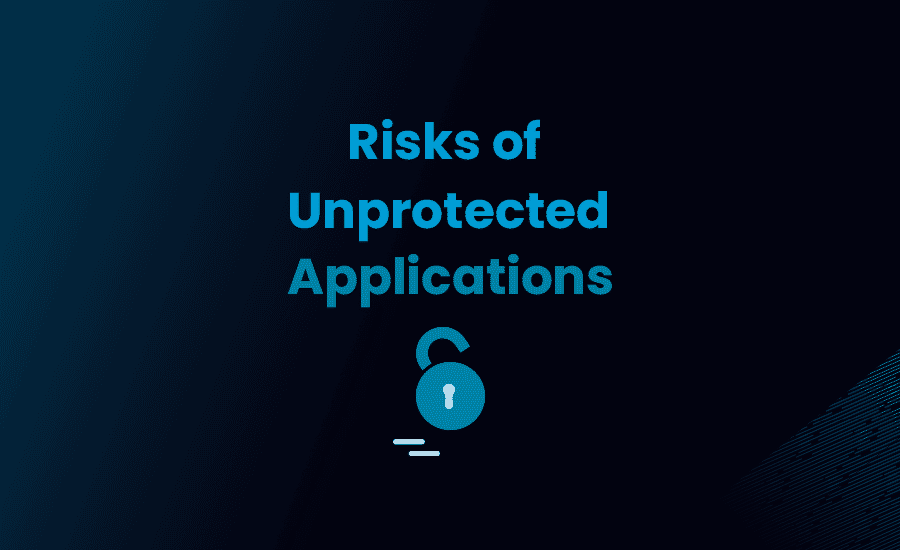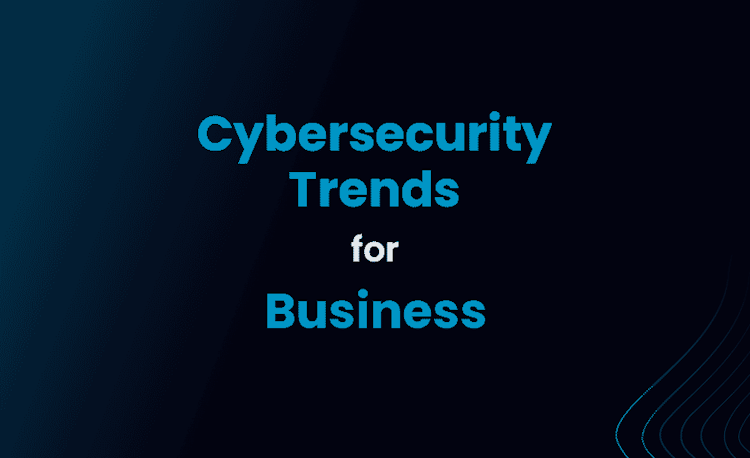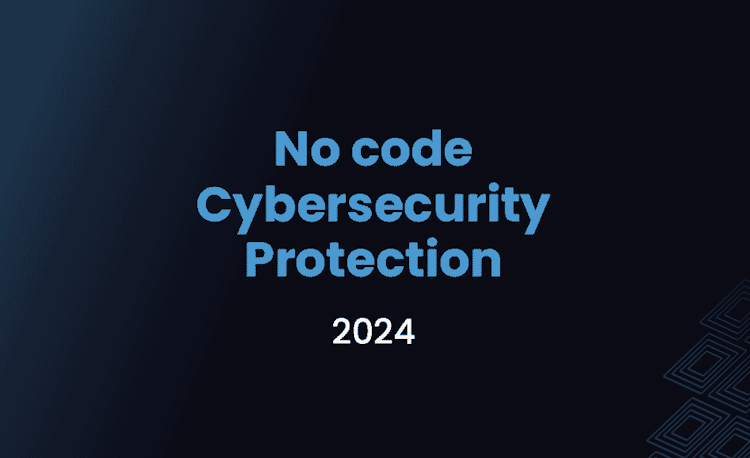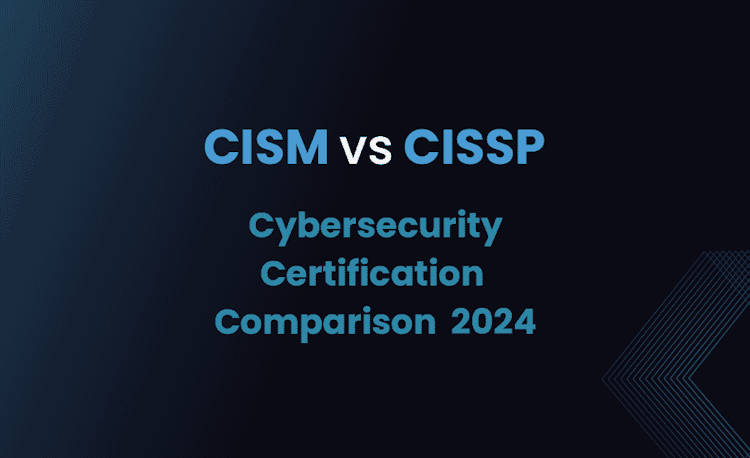Risks of Not Protecting or Obfuscating your Applications

In today’s digital era, organizations rely heavily on applications for managing critical processes, systems, and sensitive data. This article dives into the importance of application security and explores the potential risks organizations face when they fail to secure and protect their applications. Additionally, we’ll delve into how obfuscation and encryption can contribute to application security. So, sit back, grab a cup of coffee, and let’s dive right in!
The Importance of Application Security in the Modern Business Landscape
As the use of digital technologies continues to grow, so do the challenges and threats facing organizations. Effective application security is more crucial than ever to ensure the optimal functionality and safety of the business’s operations. In this section, we’ll discuss the growing reliance on digital technologies, increasingly sophisticated cyber threats, and the importance of industry regulations and standards.
Growing Reliance on Digital Technologies
In recent years, we’ve witnessed a significant shift towards digital transformation across industries. Businesses increasingly adopt digital tools like cloud computing, AI, and the Internet of Things (IoT) to streamline processes, improve efficiency, and enhance customer experiences. However, this digital dependency means that organizations need to prioritize securing their applications to prevent potential cyber threats from wreaking havoc on their systems and processes.
Increasingly Sophisticated Cyber Threats
Cyber criminals are evolving, constantly developing new tactics and exploiting vulnerabilities in applications. Advanced Persistent Threats (APTs), ransomware attacks, and sophisticated phishing schemes are just a few examples of the ever-growing arsenal that bad actors employ to compromise applications. In the face of these threats, organizations must remain proactive and vigilant to protect their sensitive information and intellectual property.
Compliance with Industry Regulations and Standards
Regulatory bodies recognize the importance of application security and have established guidelines, standards, and certifications that organizations must adhere to. Examples include the General Data Protection Regulation (GDPR), the Payment Card Industry Data Security Standard (PCI DSS), and the Health Insurance Portability and Accountability Act (HIPAA). Compliance with these regulations helps organizations maintain a secure environment, avoid hefty fines, and safeguard their reputation in the eyes of stakeholders.
Common Ways Hackers Exploit Unsecured Applications
To protect your applications effectively, it’s essential to understand the methods cyber criminals use to exploit vulnerabilities. In this section, let’s explore common hacking techniques, such as reverse engineering, buffer overflow attacks, and injection attacks, among others.
Reverse Engineering and Decompilation
Reverse engineering is the process of analyzing the compiled code of an application to obtain its original source code. Decompilation is a form of reverse engineering that involves converting compiled machine code back to a higher-level programming language. By gaining access to an application’s source code, hackers can study it for vulnerabilities, extract valuable information, and even modify the code for malicious purposes.
Buffer Overflow Attacks
A buffer overflow attack occurs when a hacker writes more data into a buffer than it can hold, causing the extra data to overwrite adjacent memory locations. This can lead to application crashes, data corruption, and the execution of arbitrary code. Hackers often exploit vulnerable applications with buffer overflows to gain unauthorized access to systems or execute malicious code.
Injection Attacks
Injection attacks involve the insertion of malicious code into an application, typically through user input fields, URLs, or query strings. SQL injection, Cross-Site Scripting (XSS), and command injection are all examples of injection attacks. When successful, these attacks can lead to unauthorized access, data leaks, and even application takeover.
Man-in-the-Middle Attacks (MitM)
In a MitM attack, a hacker intercepts and potentially alters communications between two parties, such as a user and an application server, without either side knowing. By gaining access to sensitive information, the attacker can steal login credentials, manipulate transactions, or inject malicious content.
Zero-Day Exploits
A zero-day exploit targets a previously unknown vulnerability in an application before the vendor becomes aware of it and develops a patch. Hackers can use zero-day exploits to gain unauthorized access, steal data, or deploy malware.
Social Engineering Attacks
Social engineering attacks manipulate human behavior, like trust and curiosity, to gain access to sensitive information or systems. Techniques include phishing, pretexting, baiting, or even tailgating. Despite not being a direct application vulnerability, it is crucial to consider human factors as part of a holistic approach to application security.
The Dangers of Failing to Secure, Protect or Obfuscate Applications
Unsecured applications can pose various potential risks, including data breaches, operational disruptions, and legal ramifications. Let’s dive deeper into these dangers and learn how they can impact an organization’s success.
Loss of Sensitive Information and Intellectual Property
When hackers infiltrate an unsecured application, they gain access to the sensitive information and intellectual property of the organization. This can include trade secrets, financial data, or customer records. Unauthorized access to this valuable information can lead to significant financial losses and give competitors an unfair advantage.
Disruption of Operations and Downtime
Cyberattacks on applications can cause operational disruptions, impacting an organization’s ability to perform essential business functions. Application crashes, loss of data, or unauthorized changes to code can lead to extended downtime, resulting in lost revenue and customer dissatisfaction.
Damage to Equipment and Infrastructure
Some cyberattacks can cause physical damage to equipment and infrastructure. When hackers compromise industrial control systems, for instance, they can manipulate configurations or commands, potentially leading to equipment malfunctions and failures.
Harm to Reputation and Customer Trust
When news of a data breach or security incident becomes public, an organization’s reputation can suffer significantly. The loss of trust can lead to reduced customer loyalty and difficulty attracting new business. Rebuilding consumer confidence after a cyberattack can take years, potentially impacting long-term success.
Legal and Financial Consequences
Organizations that fail to secure their applications and suffer a breach might face severe legal and financial consequences. Besides penalties for non-compliance with industry regulations, organizations may also need to deal with lawsuits, compensation claims, and potential loss of business partnerships.
The Role of Obfuscation and Encryption in Application Security
Now that we’ve explored the risks of unsecured applications let’s dive into two critical aspects of application security: obfuscation and encryption. We’ll discuss what they are, how they work, and their importance in preventing attacks.
What is Obfuscation and How Does it Work
Obfuscation is the process of transforming code in a way that makes it difficult to understand, without changing its functionality. This can involve changing variable names, reordering code blocks, or inserting decoy code. Obfuscation aims to prevent reverse engineering and decompilation attacks, making it harder for hackers to uncover vulnerabilities or extract valuable information.
The Benefits of Using an Obfuscator for Application Security
Using an obfuscator provides several benefits for application security:
- It increases the effort and time required for attackers to understand and exploit an application’s code.
- Obfuscation can help protect intellectual property by making it more challenging to reverse-engineer proprietary algorithms or processes.
- It provides an additional layer of security, complementing other security measures like encryption and access control.
Understanding Encryption and Its Importance in Protecting Data
Encryption is the process of encoding data so that only authorized parties can access and decipher it. By using complex algorithms and encryption keys, encryption ensures the confidentiality and integrity of an application’s data, even when it is transmitted, stored, or processed. Encryption plays a crucial role in mitigating the risk of data breaches and maintaining compliance with industry regulations.
Best Practices for Securing, Protecting, and Obfuscating Applications
In this section, we’ll discuss several best practices for securing and protecting your applications, ranging from secure software development to employing tools like ByteHide Shield for obfuscation and encryption.
Implementing Secure Software Development Practices
To bolster application security, organizations should adopt secure development practices, such as:
- Following the Secure Development Lifecycle (SDLC).
- Conducting threat modeling and risk assessments.
- Regularly performing code reviews and security testing, including static and dynamic analysis.
- Educating developers about secure coding practices and keeping them up-to-date on emerging threats and mitigation techniques.
- Using pre-built secure libraries and components whenever possible.
Employing Access Control Measures
Implementing robust access control measures, like role-based access control (RBAC) and the principle of least privilege, can help prevent unauthorized access and reduce the attack surface of your applications. Ensure that users only have access to the information and functionality necessary for their roles.
Regularly Assessing and Monitoring Applications for Vulnerabilities
Frequent vulnerability assessments and security monitoring are essential to identify and address potential weaknesses in applications. Proactively monitoring application logs and implementing intrusion detection systems can help detect and respond to security incidents in a timely manner, mitigating the damage caused by potential breaches.
Using Tools like ByteHide Shield for Obfuscation and Encryption
Employing specialized security tools like ByteHide Shield can strengthen your application security measures. ByteHide Shield offers military-grade encryption to protect sensitive data and employs advanced obfuscation techniques to make it difficult for attackers to reverse-engineer your application code.
Conclusion: Prioritizing Application Security for Long-term Business Success
Recognizing the Risks of Unsecured Applications
Understanding the risks associated with unsecured applications and cyber threats is essential for developing an effective security strategy. Failure to secure, protect or obfuscate your applications could result in severe consequences for your organization, such as data breaches, operational disruptions, and reputational damage.
Investing in the Necessary Tools and Training
Investing in the right tools, such as an obfuscator like ByteHide Shield, and providing adequate training to your development team can significantly enhance your organization’s application security posture. Strong security measures not only prevent potentially disastrous incidents but also help establish trust with your customers and partners.
Creating a Security-aware Organization Culture
Cultivating a culture of security awareness across your organization can help minimize the human factors that contribute to application security risks. Regularly educate employees about the importance of cybersecurity, and foster communication and collaboration between departments to ensure a holistic approach to application security.
In conclusion, prioritizing application security is crucial for businesses seeking long-term success in this increasingly digital landscape. By adopting best practices for secure software development, implementing security measures such as obfuscation, encryption, and access control, and regularly assessing and monitoring applications for vulnerabilities, organizations can safeguard their critical systems and intellectual property while ensuring compliance with industry regulations. Stay proactive, vigilant, and security-aware to navigate the ever-evolving landscape of cyber threats confidently.





